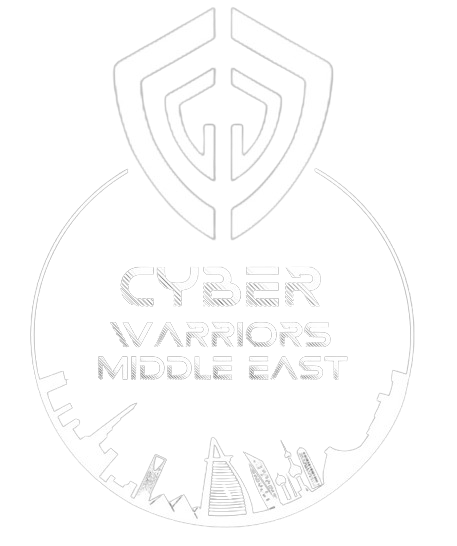Streamlining Cybersecurity: Overcoming Tool Overload for Enhanced Protection
The Overhaul of Cybersecurity: Toby Alcock Advocates for a Streamlined Approach
In a world where cyber threats are increasingly sophisticated, the need for effective cybersecurity has never been greater. Toby Alcock, CTO of Logicalis, sheds light on the growing problem of tool overload and advocates for a more streamlined approach to security measures, especially in the wake of heightened cybercrime.
As businesses rush to fortify their defenses against relentless cyberattacks, the IT landscape has become inundated with countless tools. A report from Panaseer revealed that the average enterprise employs 10-15 security vendors and utilizes between 60-70 different tools. Alarmingly, the Logicalis CIO Report found that 83% of companies experienced a cyber hack in 2023, revealing that a multitude of tools does not equate to effective protection.
Alcock warns against the common pitfalls associated with this overload. “Increased complexity and visibility gaps can expose organizations to risks they may not even be aware of,” he cautions. Managing multiple overlapping security solutions creates operational burdens for IT teams, leading to potential vulnerabilities and inefficiencies.
The rapid growth of data, fueled by digital transformation and the rise of remote work, compounds the challenge. As businesses amplify their data footprints, the imperative to protect this information has intensified. Alcock proposes a shift away from purchasing additional tools and instead focusing on a consolidated security strategy.
By integrating security solutions and leveraging Managed Service Providers, companies can enhance their security posture while alleviating the strain on in-house IT teams. “A streamlined approach not only improves visibility and coverage but also enables businesses to adopt a proactive stance against cyber threats,” Alcock asserts.
In an age where complexity often undermines security, the call for simplification is clear: organizations must prioritize effective, consolidated tools to fortify their defenses and safeguard against evolving cyber threats.



